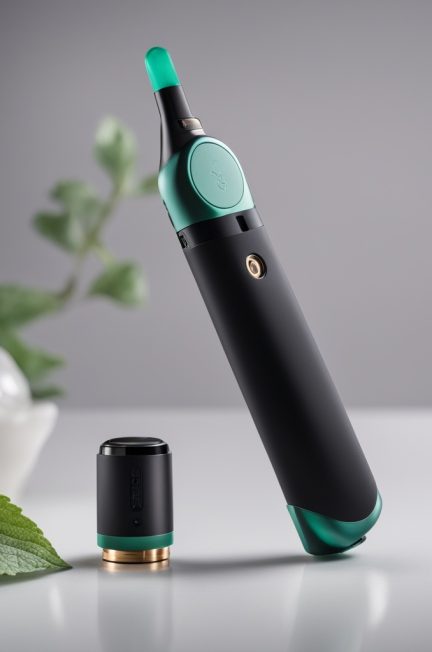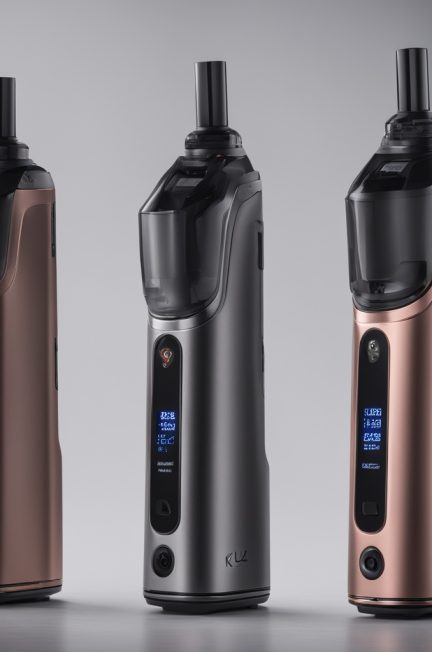Understanding Nicotine Vape E-Cigarettes: A Comprehensive Guide
Nicotine vape e-cigarettes have become a polarizing topic in recent years. While some hail them as a safer alternative to traditional cigarettes, others argue that they pose significant health risks. This article explores the ins and outs of nicotine vape products, their effects on public health, and the debates surrounding their use.
The Rise of Nicotine Vape E-Cigarettes
Over the past decade, e-cigarettes have exploded in popularity. This shift is partly due to their reputation as a less harmful alternative to traditional smoking. Unlike conventional cigarettes, which burn tobacco and produce thousands of harmful chemicals, nicotine vape devices heat a liquid solution containing nicotine, producing an inhalable aerosol. This process is often referred to as “vaping.”
Proponents argue that vaping can help smokers quit or reduce their tobacco consumption. However, critics warn that nicotine vape products may serve as a gateway to smoking, particularly among young people. The debate is further complicated by the variety of devices and liquids available on the market, each with its own potential risks and benefits.
How Do Nicotine Vape E-Cigarettes Work?
To understand the impact of nicotine vape products, it’s essential to know how they work. Most e-cigarettes consist of three main components: a battery, a heating element (coil), and a cartridge or tank containing flavored liquid. When activated, the battery powers the coil, which heats the liquid until it vaporizes. Users inhale this vapor, delivering nicotine directly into their bloodstream.
The liquids used in nicotine vape devices typically contain propylene glycol, vegetable glycerin, flavorings, and varying levels of nicotine. While these ingredients are generally considered safe for inhalation, there is growing concern about the long-term effects of inhaling heated chemicals.
The Health Impacts of Nicotine Vape E-Cigarettes
One of the most contentious issues surrounding nicotine vape products is their impact on public health. On one hand, they are marketed as tools to help smokers quit. Studies suggest that vaping may be more effective than traditional nicotine replacement therapies like patches or gum. However, this claim is not universally accepted, and more research is needed to confirm these findings.
On the other hand, there is mounting evidence linking nicotine vape use to health risks. For example:
- Lung Damage: Inhaling heated chemicals can cause irritation and inflammation in the lungs. Cases of severe lung injury, including vaping-associated pulmonary illness (VAPI), have been reported.
- Addiction: Nicotine is highly addictive, and even low-dose exposure can lead to dependence. This is particularly concerning for young people who may start vaping without intending to smoke.
- Flavorings: Many vape liquids contain flavoring agents that have been linked to respiratory issues when inhaled.
While nicotine vape products may be less harmful than traditional cigarettes, they are not risk-free. Public health officials emphasize the need for more research and regulation to fully understand their impact.
Nicotine Vape E-Cigarettes and Youth
The rise of nicotine vape products has coincided with a sharp increase in vaping among teenagers. This trend has alarmed health experts, who worry that youth exposure to nicotine could have long-term consequences. Nicotine is known to affect brain development, potentially leading to addiction and other mental health issues.
One factor driving youth vaping is the availability of appealing flavors. Many nicotine vape liquids come in candy-like varieties, such as mint, mango, and strawberry. These flavors are designed to attract younger users, creating a new generation of nicotine consumers.
In response to this crisis, many governments have implemented stricter regulations on nicotine vape products. For example:
- Bans on flavored e-cigarettes.
- Raising the minimum age for purchase to 21.
- Increased taxes on vaping products.
However, enforcement remains a challenge, and many young people continue to access these products illegally or through loopholes in the law.
The Future of Nicotine Vape E-Cigarettes
As the debate over nicotine vape products continues, it’s clear that they are here to stay—at least for now. The question is whether they will ultimately prove to be a beneficial tool in reducing tobacco-related harm or a dangerous distraction that traps people in nicotine addiction.
One promising development is the growing availability of low-nicotine and nicotine-free vape products. These options could help smokers gradually reduce their nicotine intake while still enjoying the ritual of vaping. However, more research is needed to determine whether these products are effective for long-term cessation.
Another area of focus is harm reduction. If nicotine vape products can be proven to significantly reduce the risk of smoking-related diseases, they could play a role in public health strategies. But this would require rigorous regulation and education to ensure that vapers fully understand the risks and benefits.
Conclusion
Nicotine vape e-cigarettes represent a complex issue with no easy answers. While they may offer some benefits for smokers looking to quit, they also pose significant risks—particularly for young people and long-term users. As the scientific community continues to study their effects, it’s crucial for policymakers, healthcare providers, and consumers to approach this topic with an open mind and a commitment to evidence-based solutions.
Ultimately, the key to navigating the vaping landscape lies in balancing innovation with caution. By fostering dialogue among all stakeholders—smokers, vapers, public health officials, and industry leaders—we can work toward reducing harm while protecting vulnerable populations from unnecessary risks.




